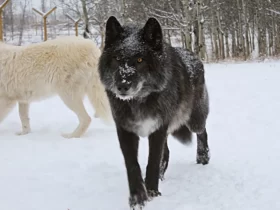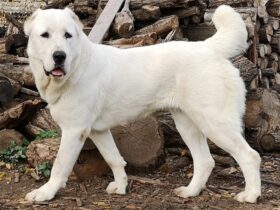Dogs are considered to be man’s best friends. Not only can they be reliable companions in everyday life, but they can also be used for therapy and to accompany people in various situations. In this article, we will look at several dog breeds that can help with anxiety, stress, and loneliness.

Therapy dog breeds
Labrador Retrievers are some of the most popular breeds for therapy and human companionship. They are friendly, loyal, strong, and very intelligent. Labrador Retrievers can help people suffering from depression, anxiety, or other mental disorders.
1.2 Golden Retriever
Golden Retrievers are another popular breed for therapy and companionship. They are very affectionate, friendly and easy to train. Golden Retrievers can help people with anxiety, depression, autism and other mental disorders.
1.3 The Large Poodle
Large poodles are another breed of dog that can be used for therapy. They are intelligent, easy to train, and very loving to their owners. Large poodles can help people with anxiety, depression, as well as those with autism and other mental disorders.
Breeds of dogs for companionship
Yorkshire Terriers are small but very intelligent and easy to train dogs. They can be great companions for people living in apartments or small houses. Yorkshire terriers can help with loneliness and depression and can be reliable assistance dogs for the elderly.
2.2 Cavalier King Charles Spaniel
Cavalier King Charles Spaniels are a breed that are great for accompanying people with anxiety disorders and mental illness. They are affectionate, friendly and very attached to their owners. Cavalier King Charles Spaniels can help with loneliness and depression, and they make excellent assistance dogs for the elderly.
2.3 Bulldogs
Bulldogs are a breed of dog that can be a great companion for people suffering from anxiety disorders and depression. They are very loyal and affectionate to their owners, which makes them great assistance dogs. Bulldogs can also help with loneliness and make great companions for the elderly.















Leave a Reply